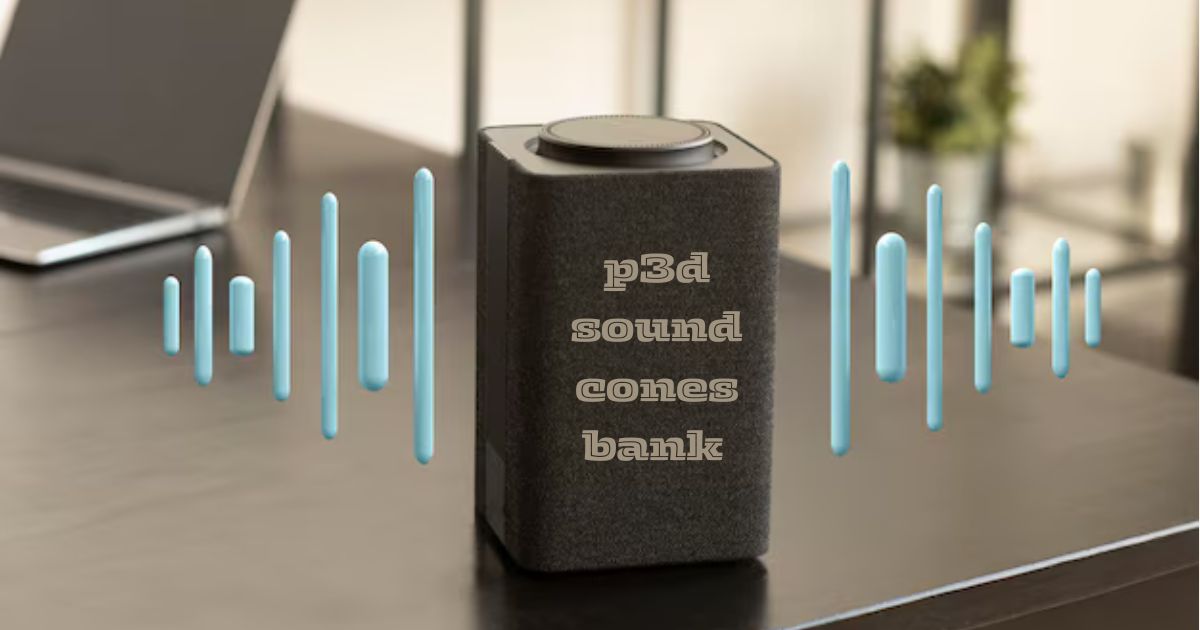Introduction to P3D Sound Cones Bank
In the world of simulation, gaming, and virtual environments, sound plays a critical role in shaping the user experience. While stunning visuals and seamless gameplay often take center stage, sound design works quietly in the background, making everything feel more immersive. Understanding this concept can enhance your grasp of how audio realism is achieved in complex virtual environments like Prepar3D (P3D), a popular flight simulator. Sound cones are an essential part of audio spatialization, mimicking how sound changes depending on the direction from which it is heard, the environment it’s in, and the distance between the sound source and the listener.. Additionally, we will answer frequently asked questions (FAQs) to provide a comprehensive understanding of this valuable tool.
What Are Sound Cones?
Before diving into the specifics of the P3D Sound Cones Bank, it’s important to grasp the concept of sound cones. In real life, sound doesn’t travel uniformly in all directions. When someone speaks or when an object emits sound, the loudness, clarity, and timbre of the sound vary depending on where the listener is located relative to the source. For example, a sound heard from behind might be quieter or more muffled than the same sound heard from the front. This directional variance is crucial for accurately simulating sound in 3D environments. A sound cone is a way to visualize and simulate these differences. Imagine an audio source emitting sound in a cone-like shape, with different properties (such as volume or pitch) depending on whether the listener is inside or outside the cone.
The Role of P3D Sound Cones Bank
The P3D Sound Cones Bank is a repository or toolkit that helps sound designers create and manage sound cones efficiently. Within the P3D environment, this tool allows developers to: Define how sounds behave in different directions. Set parameters such as volume, pitch, and attenuation based on the listener’s position. Control how sounds fade in and out as the listener moves into or out of the sound cone. The P3D Sound Cones Bank makes it easier to manage multiple sound cones, particularly in complex environments like flight simulators where multiple sounds (engines, weather, cockpit instruments, etc.) are occurring simultaneously. By utilizing this system, developers can ensure that sounds behave naturally, immersing the user in the virtual world without distracting them with unrealistic or poorly spatialized audio.
Key Features of the P3D Sound Cones Bank
Directionality of Sound; One of the most important features of the P3D Sound Cones Bank is its ability to define the directionality of sound. For instance, a jet engine emits sound differently when heard from the front, side, or rear. Using the sound cones system, developers can simulate this variation to make the audio more realistic. Sound Attenuation; Sound attenuation refers to the reduction of sound intensity over distance. In the P3D Sound Cones Bank, sound designers can set how much sound intensity should decrease as the listener moves away from the source. This ensures that sounds don’t remain unnaturally loud as players move further from the source.
Implementing Sound Cones in P3D
For developers using P3D Sound Cones Bank, implementing sound cones in a virtual environment requires a few key steps: Define Sound Sources; The first step is to identify and define the sound sources in the environment. These could be anything from aircraft engines to environmental noises like wind or rain.Set Cone Parameters; For each sound source, the developer needs to set the parameters of the sound cone. This includes defining the inner and outer cone angles, setting the attenuation rate, and determining how the sound should behave when the listener is inside or outside the cone.Test and Iterate; Once the sound cones are set, it’s crucial to test them in the simulation environment. This involves moving the player around the sound source to ensure that the audio behaves as expected.
Conclusion
The P3D Sound Cones Bank is a powerful tool that adds depth and realism to virtual environments by simulating how sound behaves in relation to the listener’s position and direction. Whether you’re flying a virtual jet or navigating a complex landscape, sound cones ensure that the audio experience is as immersive and natural as possible. By mastering this tool, developers can significantly enhance the auditory realism of their simulations, providing users with a more engaging and believable experience.
FAQs
How do inner and outer cones work?
The inner cone represents the area where the sound is heard at full intensity, while the outer cone defines the area where the sound starts to fade or become muffled. The space between the two cones allows for gradual changes in sound as the listener moves.
How do sound cones affect performance?
While sound cones do add to the complexity of the audio processing, their impact on performance is generally minimal, especially when optimized correctly.
Can I customize sound cones for different scenarios?
Absolutely. Developers can customize sound cones for various scenarios, adjusting parameters like volume, pitch, and attenuation based on the specific needs of the simulation.










